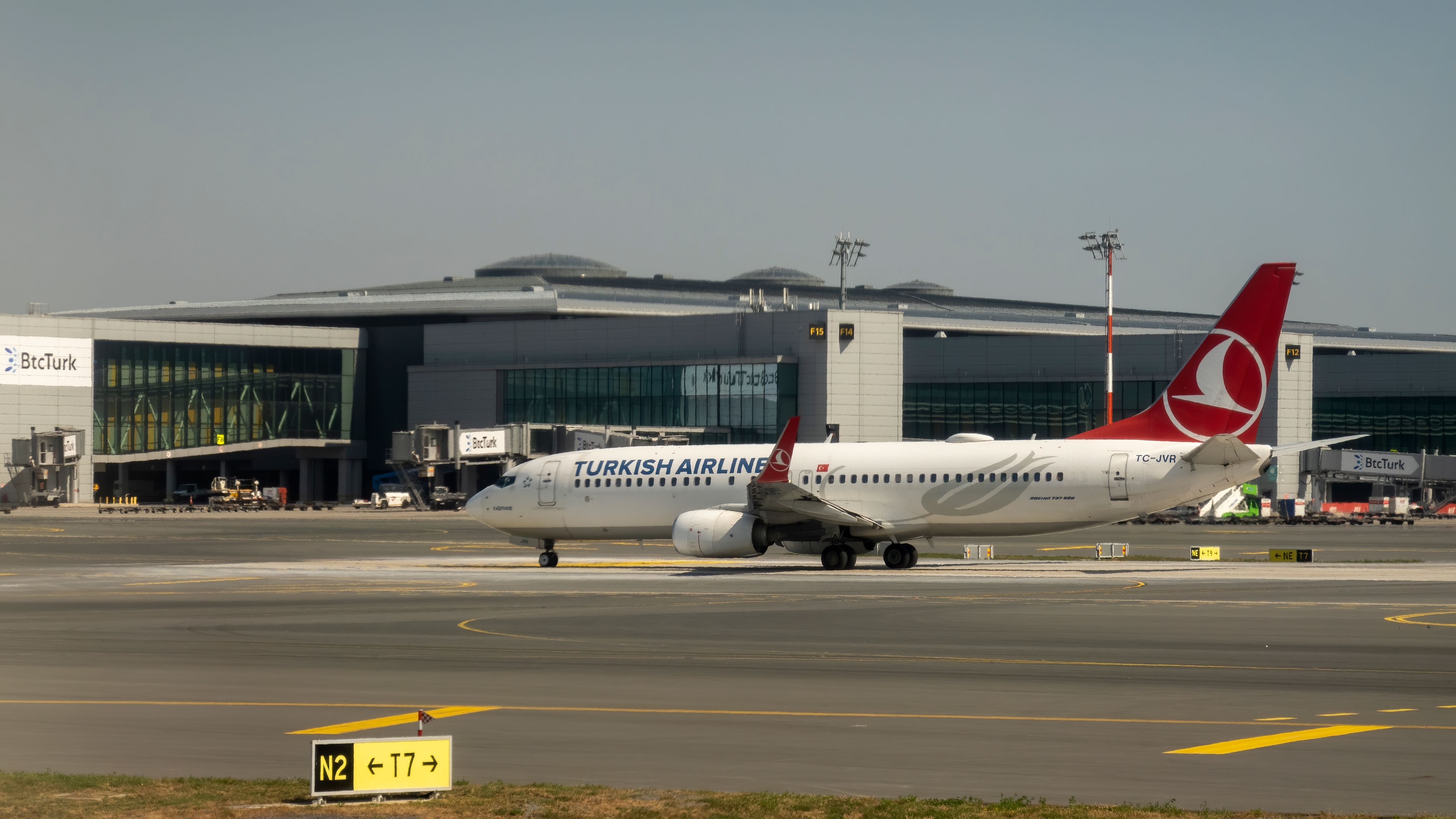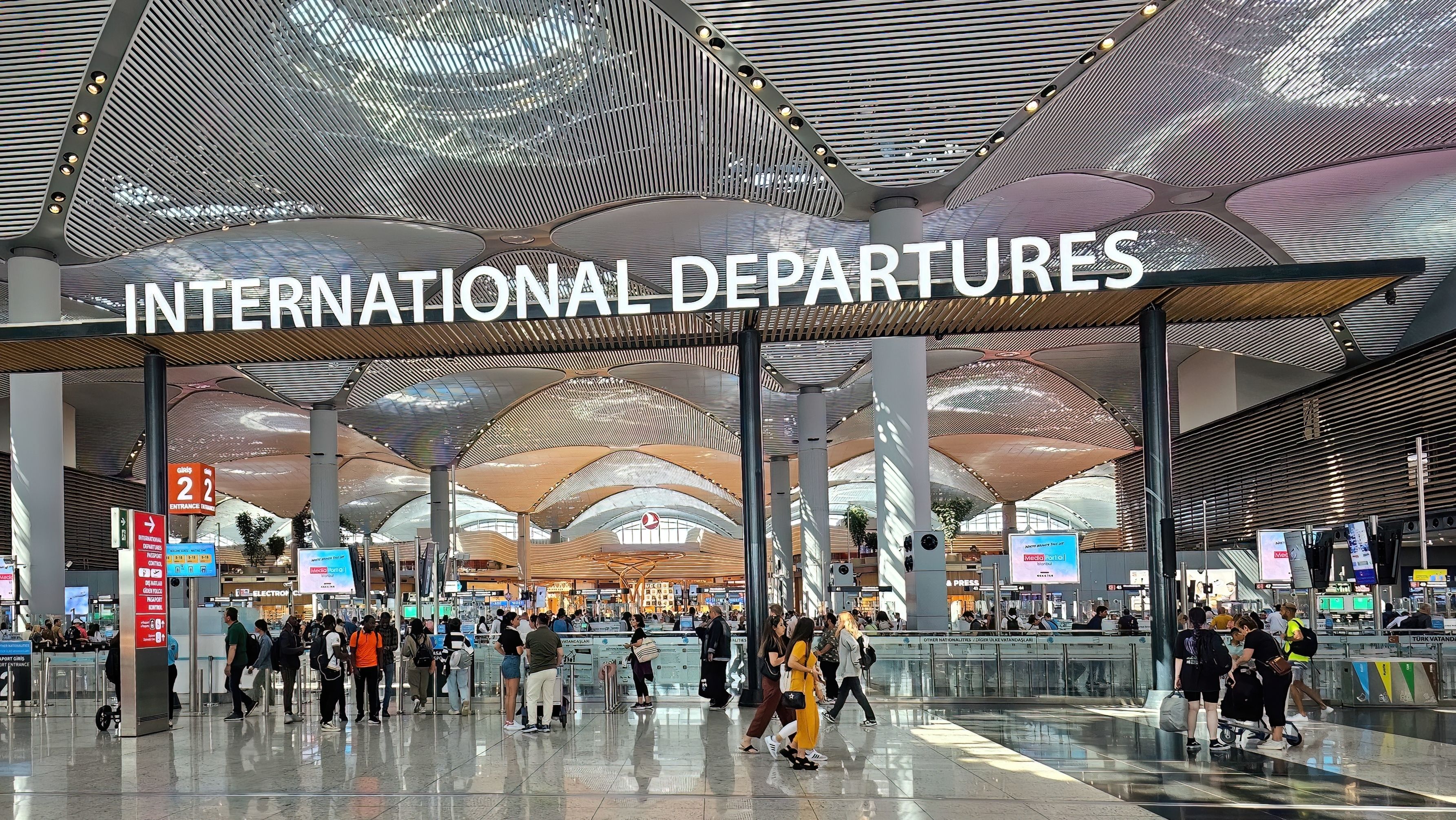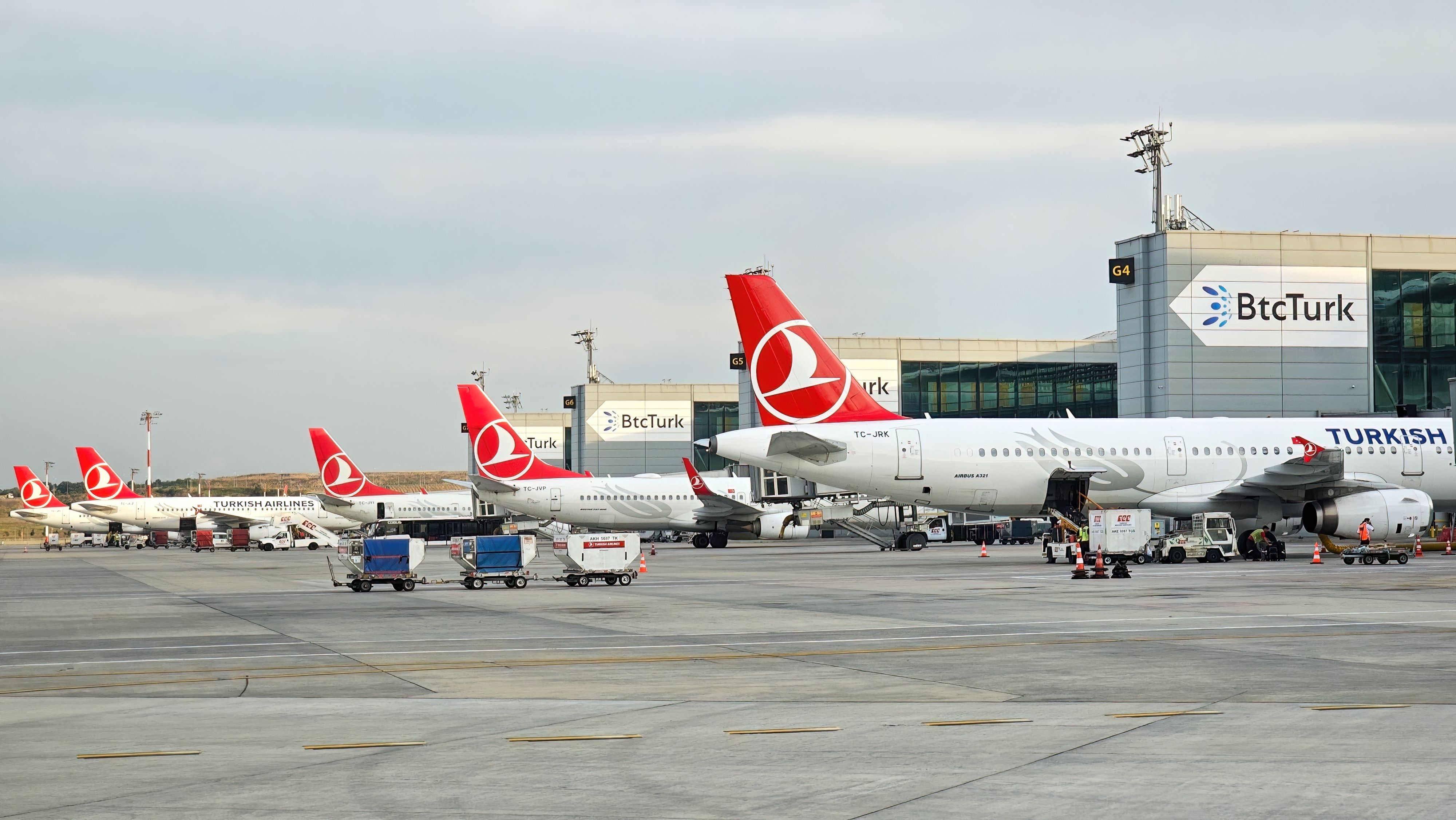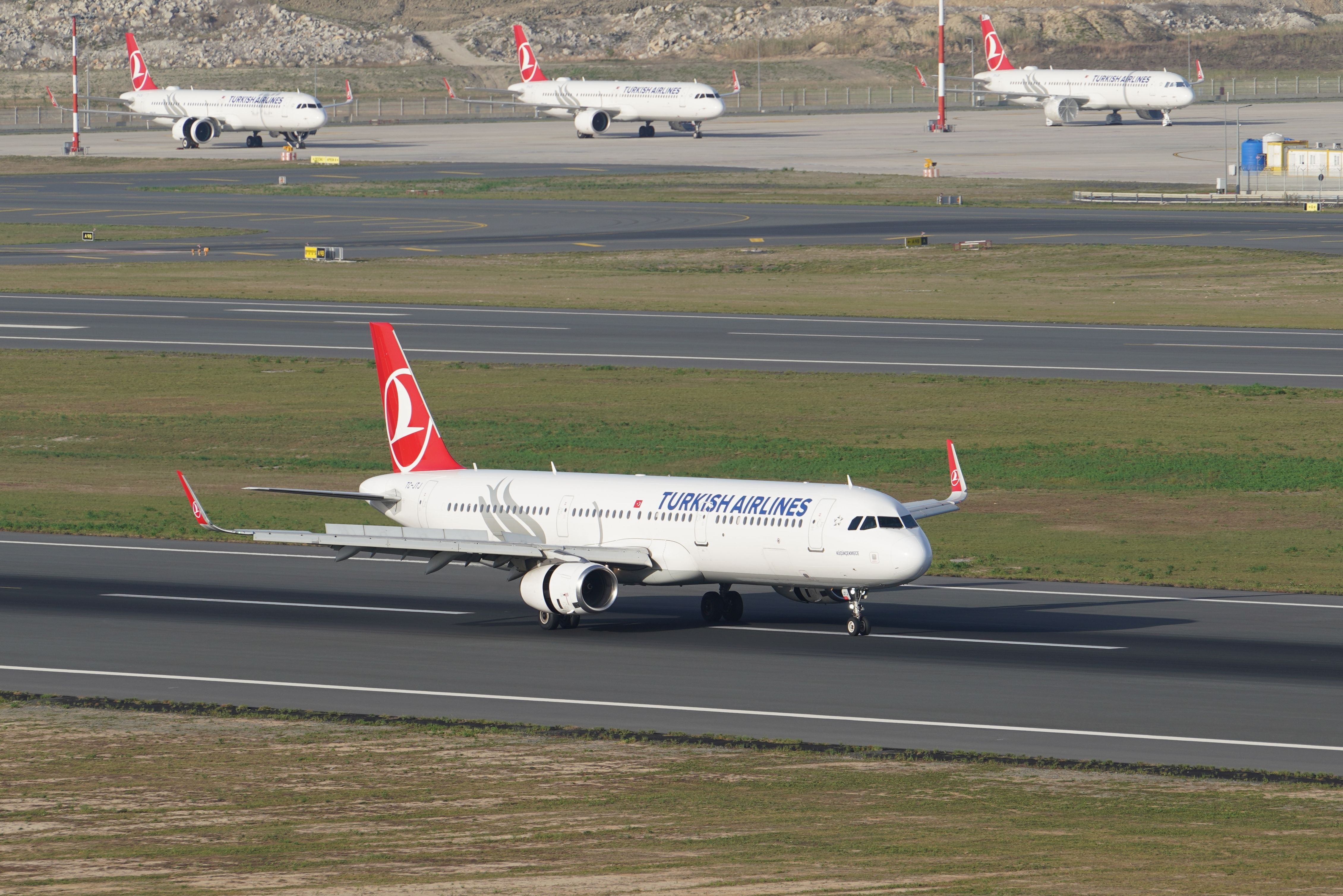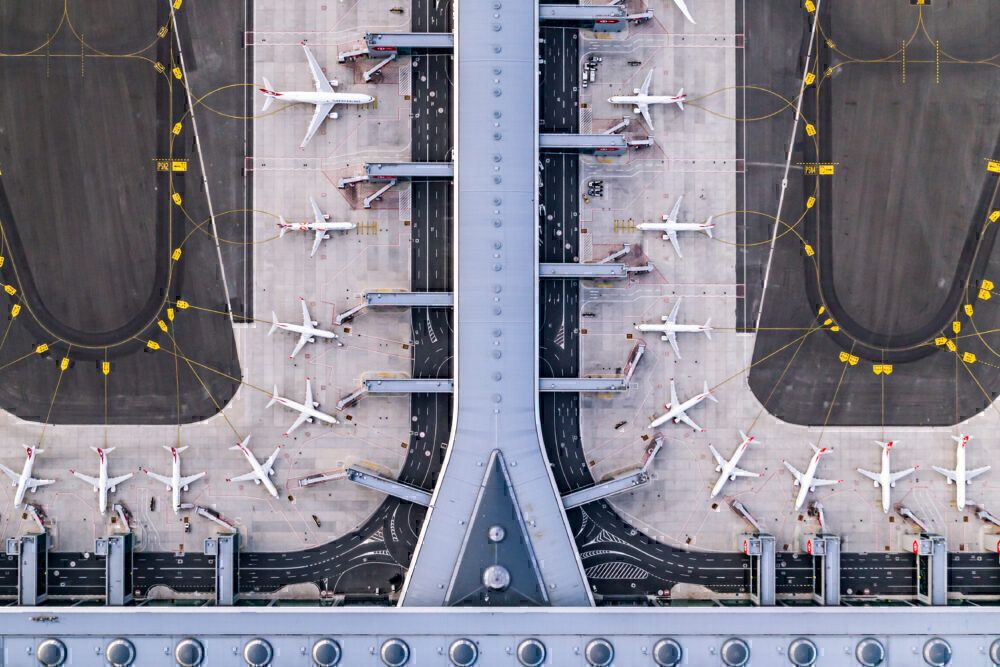Since opening in October 2018, Istanbul Airport (IST) has taken over as the Turkish city's primary air hub, replacing Atatürk Airport (ISL). In its first three years, the new facility handled over 100 million passengers, and with five runways and a single terminal housing both domestic and international passengers, Istanbul Airport has received various accolades, noting its exceptional design and facilities.
In the beginning
Istanbul Airport officially opened on October 29th, 2018, taking over from Atatürk Airport as Istanbul's main airport. Set across a single integrated terminal building with five concourses, Istanbul Airport is now considered one of Europe's finest airports. The airport is still under expansion, with plans to build more runways and additional terminals by 2027 to boost capacity to 150-200 million passengers.
Initially, Turkish Airlines was the only operator at Istanbul Airport when it first opened. The first flight departed on October 31st, 2018, Turkish Airlines flight TK2124 to Ankara (ESB). All scheduled commercial passenger-carrying flights from Istanbul Atatürk Airport were transferred to the new Istanbul Airport on April 6th, 2019, following a substantial overnight equipment transfer operation.
Love aviation history? Discover more of our stories here!
In May 2023, the airport celebrated a special milestone when it welcomed its 200 millionth passenger. With additional runways planned, this number will rise quickly. Current capacity allows for around 90 million passengers annually, but upon full completion, the airport could handle up to 200 million passengers.
Why build a new airport?
Istanbul's old airport, Istanbul Atatürk Airport, had long served as the city's primary airport before Istanbul Airport was conceived, having commenced operations as a relatively modest two-hangar facility way back in 1911. However, the existing airport was severely limited in its expansion potential due to space constraints.
Even after the addition of Sabiha Gökçen International (SAW), Istanbul's secondary airport, in 2001, Turkish authorities decided a new airport was essential to the growth of Istanbul and settled on a location by 2013. Today, Sabiha Gökçen International primarily serves low-cost traffic and is a hub for Pegasus Airlines.
Get the latest aviation news straight to your inbox: Sign up for our newsletters today!
The new site is located around 35 kilometers (21.75 miles) from Istanbul Atatürk Airport, which is about the same distance from the city center of Istanbul itself. Construction formally began in May 2015, 11 months after its groundbreaking ceremony, and it would be ready for inauguration in just three-and-a-half years.
Constructed in phases
Despite taking over as the Turkish city's main air hub, the new Istanbul Airport is still only partially complete as it stands. Indeed, the sprawling facility is being built over four phases, as laid out by parent company IGA. 2023 marks the start of the third phase, which will run until 2025 and add a second terminal building with the capacity for up to 60 million passengers, plus an additional runway.
Meanwhile, the fourth phase will add yet another runway and the option to include additional satellite terminal buildings for 50 million passengers. Once complete, which, according to Airport Technology, is expected to be sometime in 2028, the facility will boast six runways and could eventually handle up to 200 million passengers each year.
Right now, Istanbul Airport is still quite far away from reaching these figures. After all, the onset of the coronavirus pandemic severely impacted its passenger numbers, with its annual total falling from 52 million in 2019 to 23.4 million in 2020, according to statistics from the Turkish Government (DHMI). However, the airport is bouncing back, and this figure climbed to almost 64.5 million in 2022.
Already an award-winning airport
Despite being open for less than five years, Istanbul Airport has already received numerous awards celebrating its architecture and facilities. For example, the facility took home the 'Europe's Best Airport' award at the 17th ACI Europe Awards.
Before this, readers of Condé Nast Traveler voted Istanbul Airport as the world's second-best airport after perennial-winner Singapore Changi Airport. It was also named 'Airport of the Year' at the 2021 Air Transport Awards.
Have you visited Istanbul Airport yet? How does it compare to the old Ataturk Airport? Feel free to share your experiences in the comments.
Sources: Airport Technology, DHMI, IGA

